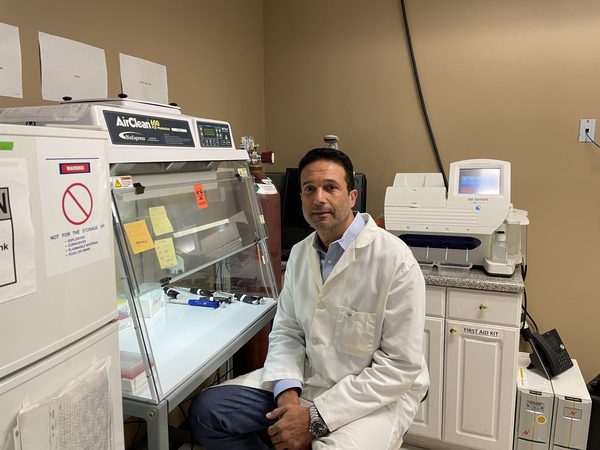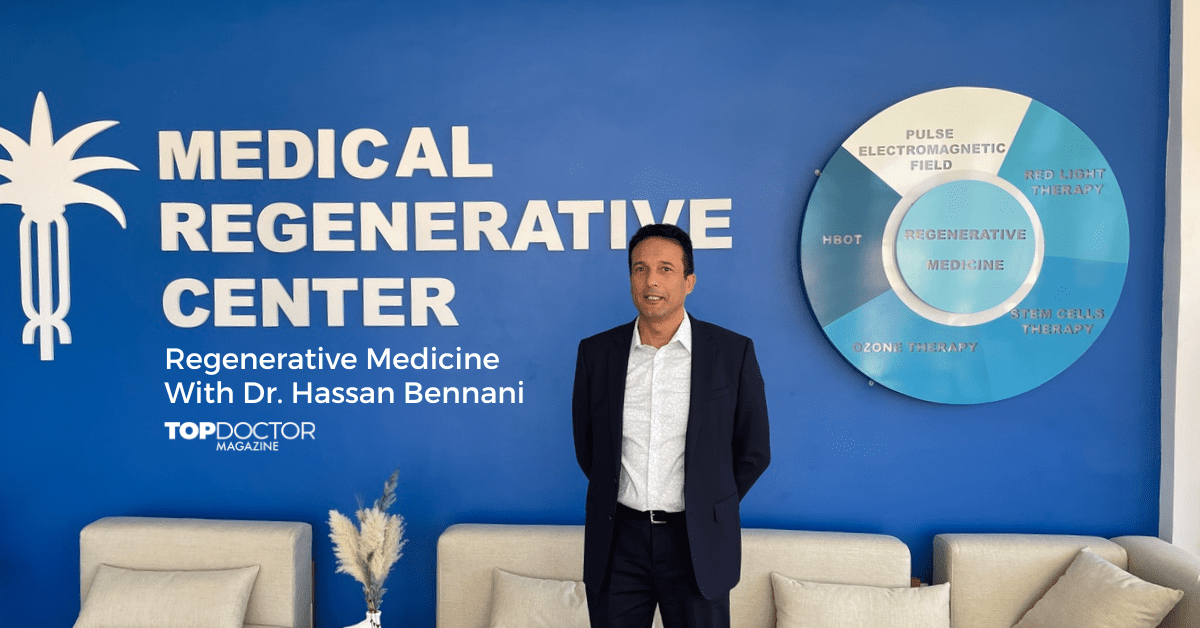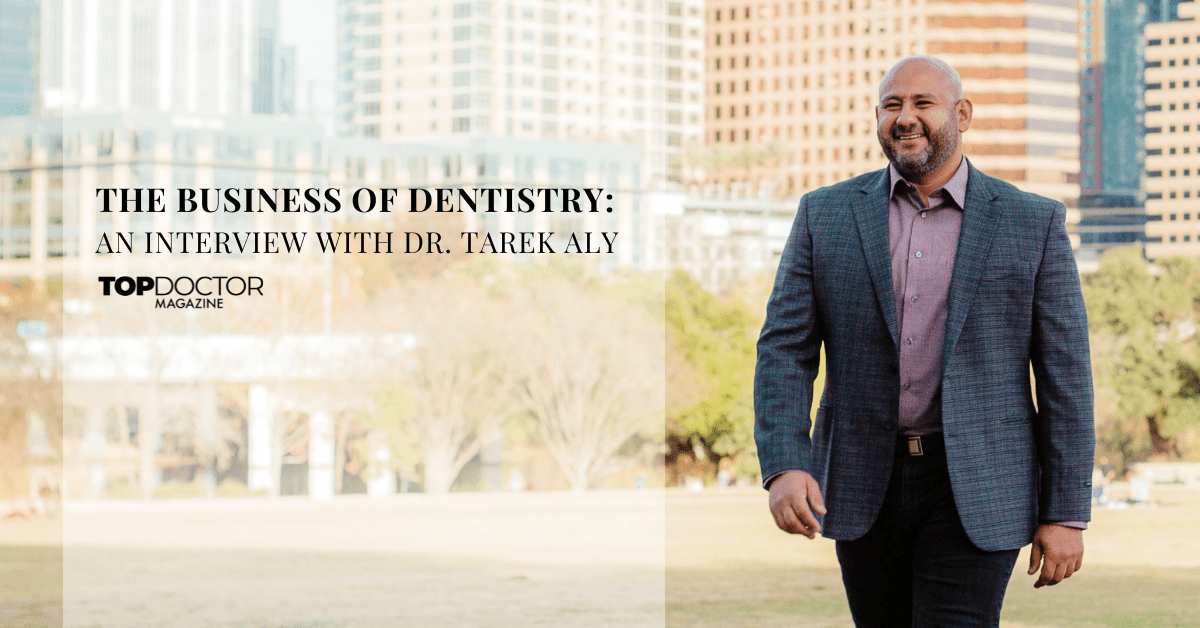“Aging is just a process. The cells in our body are not programmed to age and die. Aging happens when the cells malfunction. We can prevent all this,” said Dr. Hassan Bennani, MD.
Dr. Bennani is currently the Founder, CEO and Board Member of LBL, an organization that conducts clinical research and provides protocols for regenerative therapy. For the past 9 years, he has studied and researched the human body’s ability to regenerate and repair itself.
“The first year, I traveled all around the world to conferences. I wanted to meet face-to-face with every scientist talking about the topic. I went to Asia because they are advanced in all regenerative medicine. There are societies around the world for this. People are really getting into it. It’s the future of medicine,” he explained.
What Is Regeneration?
“Regeneration is the ability to regrow damaged or missing body parts — a hand, leg, nose, ear,” Dr. Bennani explained.
Some species, like salamanders or starfish, can regrow major body parts. Humans, however, are more limited in their ability to regenerate. Our skin, the body’s largest organ, does regenerate to some extent, as we’ve all seen after a cut or a scraped knee. You can donate part of your liver, and it will regrow. Your foot? Not so much.
The areas of our bodies capable of regrowth contain substantial amounts of stem cells.
“We are born with approximately 80 million stem cells. Their principal function is to signal to the other cells to auto-repair,” Dr. Bennani shared.
Unfortunately, the auto-repair process doesn’t occur in body parts without or with too few stem cells. Also, as we grow older, the body faces slower regeneration capabilities and degenerative diseases, such as diabetes, multiple sclerosis and rheumatoid arthritis, paving the way for the aging process to take over.
“When we are young, we look younger because the cells are able to auto-repair quickly. We don’t have much damage to repair, so the demand is not as high,” he explained.
Preparing for Stem Cells
“I’ve heard people say that they got stem cell injections, but nothing happened,” Dr. Bennani shared.
Their treatment failed because a critical step was skipped: preparation. There is more to stem cell treatments than simply going to the doctor and getting an injection. Stem cell treatments work by triggering the body’s cells to auto-repair. But those cells must be prepared before the treatment to respond the right way.
Blood testing will be conducted prior to the stem cell treatment to ensure the stem cells will work properly. Your doctor will thoroughly assess your current condition — hormones, inflammation, insulin markers and heart, kidney and liver function. The results will help identify what needs to be addressed before the stem cell procedure.
“If you want a successful treatment, you must prepare your body at the cellular level,” Dr. Bennani said. “Preparation will dictate the success of the treatment.”
That preparation may even include other regenerative treatments. Depending on what needs repair, a patient may receive one or more of the following therapies:
- Red light.
- Hyperbaric oxygen.
- Ozone.
- Vitamin IV.
- Electromagnetic Field Therapy.
Dr. Bennani explained that senescent cells — i.e., involved in the aging process — need to be removed, and the cells need to be detoxified before the procedure. It’s similar to cleaning a wound before adding medication and bandages so the wound will heal properly. The preparation phase can take a month or two, so the process should not be sold as a quick fix.
“This is not just about injections. This is a protocol–testing, preparation, then stem cells,” Dr. Bennani explained.

About Stem Cells
Stem cells are the precursors of every kind of cell in the body. They make it possible for the body to continuously replace aging and dying cells, which is why they are central to the practice of regenerative medicine.
“Stem cells,” Dr. Bennani explained, “do their job by communicating to other cells. We call them signaling cells. They hover in the blood and look for an organ in distress. They go there and signal the cells to auto-repair.”
Stem cells for regenerative medicine can come from several sources, although, in the past, they have faced public scrutiny over the belief that they originated from fetal tissue.
“We don’t touch embryos,” Dr. Bennani assured.
The best source of stem cells is blood from the umbilical cord and placenta. They are harvested after the cord and placenta have already been removed, without affecting the mother or child, therefore preventing the tissue from being wasted.
“These cells can be given to any other human, and there is no rejection. They are the most potent cells,” Dr. Bennani explained.
It’s also possible to use the patient’s own stem cells, although they cannot be shared with another patient. The cells reflect the condition of the body they came from.
“If you are 75 years old, the cells will reflect your age,” Dr. Bennani said.
In some cases, therefore, cord or placenta blood cells may be the best alternative for research and treatment.
Regenerative Medicine and Degenerative Disease
The difference between traditional and regenerative medicine lies in their approach to recovery. Traditional medicine treats degenerative diseases with medications and surgery. Regenerative medicine, however, does not address the disease directly. Instead, it gives the body the ability to auto-repair. That is why degenerative diseases such as arthritis, heart disease, diabetes, Alzheimer’s, Parkinson’s and multiple sclerosis show a better response to regenerative medicine.
“All those conditions will benefit from stem cells. This is well documented in supporting publications. For diabetes, the cells we repair help the body regain its ability to secrete insulin,” Dr. Bennani explained.
Regenerative Medicine and Anti-Aging
Anti-aging is more about how you feel on the inside than how you look on the outside. It’s about regaining your body’s ability to function normally and repair itself.
It’s important to note, however, that anti-aging treatment is not a quick, one-time thing. Instead, it starts with extensive testing and then continues with a minimum six-month protocol.
“If you have a younger heart,” Dr. Bennani explained, “it (i.e., regenerative medicine) will work much better. If you have everything in better condition, you are going to feel younger because you have more energy. You can sleep, fight diseases and heal much better.”
Working With Traditional Medicine
Because of the effectiveness of the regenerative treatment, the patient may find that they need less medication. But that is left to the primary care doctor to determine.
“We never ask patients to stop or change their medical treatments. Never,” Dr. Bennani assured.
More doctors are becoming educated about regenerative medicine.
“We learn by going to conferences and searching online for publications. At conferences, you meet colleagues who tell you about the experience. And maybe you try either on yourself or one patient,” he shared.
The Future of Regeneration
While still not taught in medical schools, regenerative medicine sparks the interest of a growing number of physicians. As evidence of positive results adds up, they understand what regenerative medicine can potentially do for their patients. Its benefits are not here to replace but to work in harmony with traditional medicine.
More education is still needed, however. Many doctors do not know about the preparation needed to ensure successful stem cell treatments.
“Most just give patients the injections,” Dr. Bennani said.
If that were all that was needed, it would be great to market this as a quick fix that would keep patients coming back. But injections alone will not work, and patients will have no reason to return. These doctors need to understand the longer-term preparation required.
“I was once at a conference with about 500 doctors, and all they cared about was giving injections. I took the microphone and gave a talk about how to do it the right way. Some were concerned about patients returning when the protocol was stretched to a longer time period. But patients will return in six months because they will see that they are improving” Dr. Bennani explained.
Regenerative medicine is becoming one of the most published areas in medicine. Big institutions are conducting studies, and the FDA is pushing for clinical trials.
So what should people do if they are considering regenerative medicine?
“They need to learn and research the doctors that are doing it. For how long? What is their experience? What do other patients say? Look at their websites. There are centers all over the country,” Dr. Bennani recommended.
This field is the future of medicine.
“If we can prevent disease and heal our bodies from the inside,” Dr. Bennani said, “we can aspire to live a much better life.”







0 Comments